Author: Berend Smit
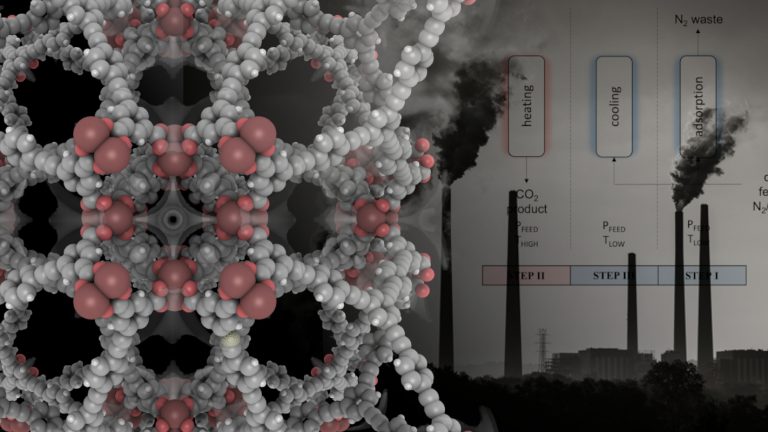
A data-science approach to predict the heat capacity of nanoporous materials
S. M. Moosavi, B. Á. Novotny, D. Ongari, E. Moubarak, M. Asgari, Ö. Kadioglu, C. Charalambous, A. Ortega-Guerrero, A. H. Farmahini, L. Sarkisov, S. Garcia, F. Noé, and B. Smit, A data-science approach to predict the heat capacity of nanoporous materials Nat Mater (2022) doi: 10.1038/s41563-022-01374-3 Abstract: The heat capacity of a material is a (…)

SELFIES and the future of molecular string representations
M. Krenn, Q. Ai, S. Barthel, N. Carson, A. Frei, N. C. Frey, P. Friederich, T. Gaudin, A. A. Gayle, K. M. Jablonka, R. F. Lameiro, D. Lemm, A. Lo, S. M. Moosavi, J. M. Nápoles-Duarte, A. Nigam, R. Pollice, K. Rajan, U. Schatzschneider, P. Schwaller, M. Skreta, B. Smit, F. Strieth-Kalthoff, C. Sun, G. (…)
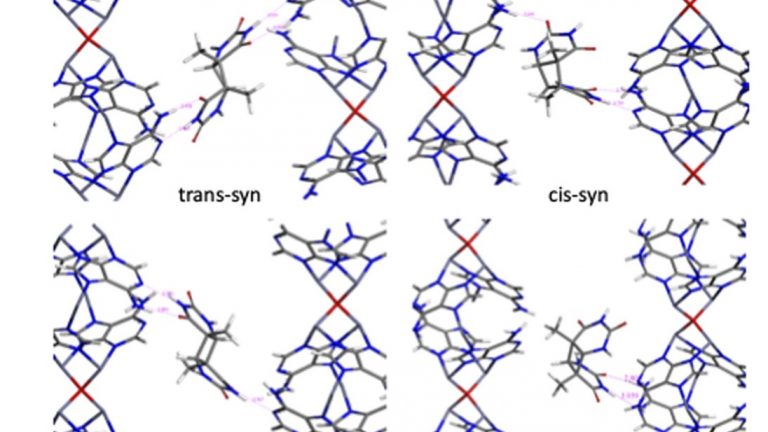
Reply to “Inconsistencies in the specific nucleobase pairing motif prone to photodimerization in a MOF nanoreactor”
S. L. Anderson, P. G. Boyd, A. Gładysiak, T. N. Nguyen, R. G. Palgrave, D. Kubicki, L. Emsley, D. Bradshaw, M. J. Rosseinsky, B. Smit, and K. C. Stylianou, Reply to “Inconsistencies in the specific nucleobase pairing motif prone to photodimerization in a MOF nanoreactor” Nat Commun 13 (1), 4486 (2022) doi: 10.1038/s41467-022-30193-y REPLYING TO (…)
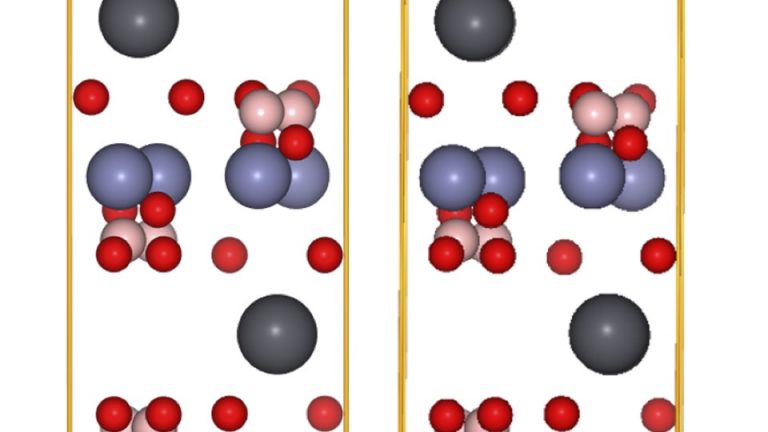
xtal2png: A Python package for representing crystal structure
Sterling G. Baird, Kevin M. Jablonka, Michael D. Alverson, Hasan M. Sayeed, Mohammed Faris Khan, Colton Seegmiller, Berend Smit, and T. D. Sparks, xtal2png: A Python package for representing crystal structure as PNG files J. Open Source Softw. 7 (76), 4528 (2022) doi: 10.21105/joss.04528 Abstract: The latest advances in machine learning are often in natural language (…)
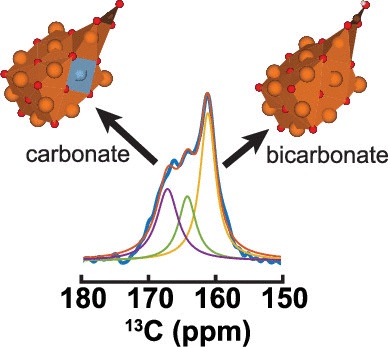
Characterization of Chemisorbed Species and Active Adsorption Sites in Mg–Al Mixed Metal Oxides
A. Lund, G. V. Manohara, A.-Y. Song, K. M. Jablonka, C. P. Ireland, L. A. Cheah, B. Smit, S. Garcia, and J. A. Reimer, Characterization of Chemisorbed Species and Active Adsorption Sites in Mg–Al Mixed Metal Oxides for High-Temperature CO2 Capture Chem. Mater. (2022) doi:n10.1021/acs.chemmater.1c03101 Abstract: Mg–Al mixed metal oxides (MMOs), derived from the decomposition (…)
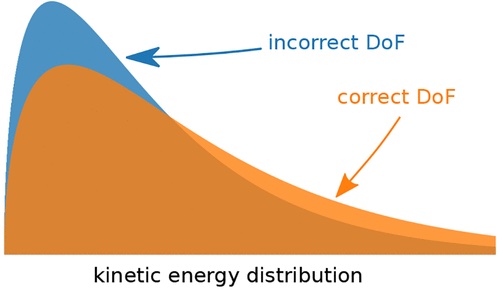
Effects of Degrees of Freedom on Calculating Diffusion Properties in Nanoporous Materials
H. Xu, R. Cabriolu, and B. Smit, Effects of Degrees of Freedom on Calculating Diffusion Properties in Nanoporous Materials J. Chem. Theory Comput. (2022) doi: 10.1021/acs.jctc.2c00094 Abstract: If one carries out a molecular simulation of N particles using periodic boundary conditions, linear momentum is conserved, and hence, the number of degrees of freedom is set to 3N – (…)

Perspective in Nature Chemistry: Pancakes and Chemical Data
See the press release: https://actu.epfl.ch/news/chemical-data-management-an-open-way-forward-6/ Kevin and Luc have written their vision on Open Science and Chemical Data in: K. M. Jablonka, L. Patiny, and B. Smit, Making the collective knowledge of chemistry open and machine actionable Nat Chem 14 (4), 365 (2022) http://dx.doi.org/10.1038/s41557-022-00910-7

Making the collective knowledge of chemistry open and machine actionable
K. M. Jablonka, L. Patiny, and B. Smit, Making the collective knowledge of chemistry open and machine actionable Nat Chem 14 (4), 365 (2022) doi: 10.1038/s41557-022-00910-7 Abstract: Large amounts of data are generated in chemistry labs—nearly all instruments record data in a digital form, yet a considerable proportion is also captured non-digitally and reported in (…)
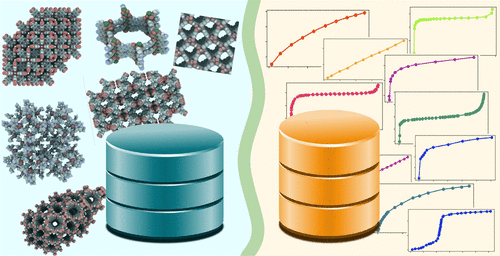
Matching of Crystal Structures and Gas Adsorption Isotherms of MOFs
D. Ongari, L. Talirz, K. M. Jablonka, D. W. Siderius, and B. Smit, Data-Driven Matching of Experimental Crystal Structures and Gas Adsorption Isotherms of Metal–Organic Frameworks J. Chem. Eng. Data (2022) doi: 10.1021/acs.jced.1c00958 abstract: Porous metal–organic frameworks are a class of materials with great promise in gas separation and gas storage applications. Due to the (…)
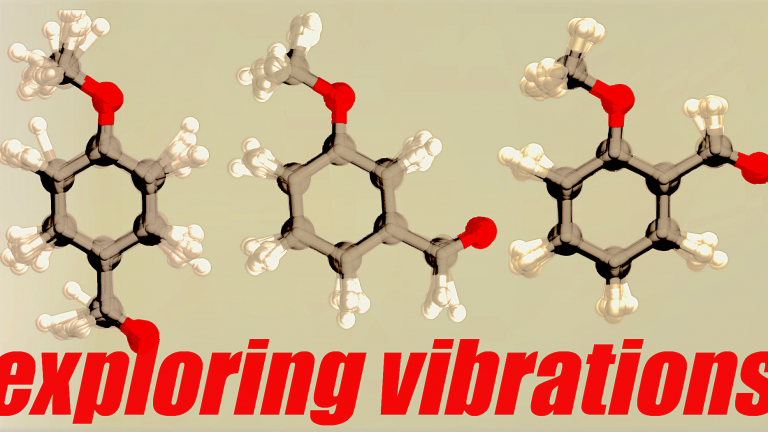
Making Molecules Vibrate
K. M. Jablonka, L. Patiny, and B. Smit, Making Molecules Vibrate: Interactive Web Environment for the Teaching of Infrared Spectroscopy J. Chem. Educ. (2022) doi: 10.1021/acs.jchemed.1c01101. Abstract: Infrared spectroscopy (IR) is a staple structural elucidation and characterization technique because of its ability to identify functional groups and its ease of use. Interestingly, it allows the (…)